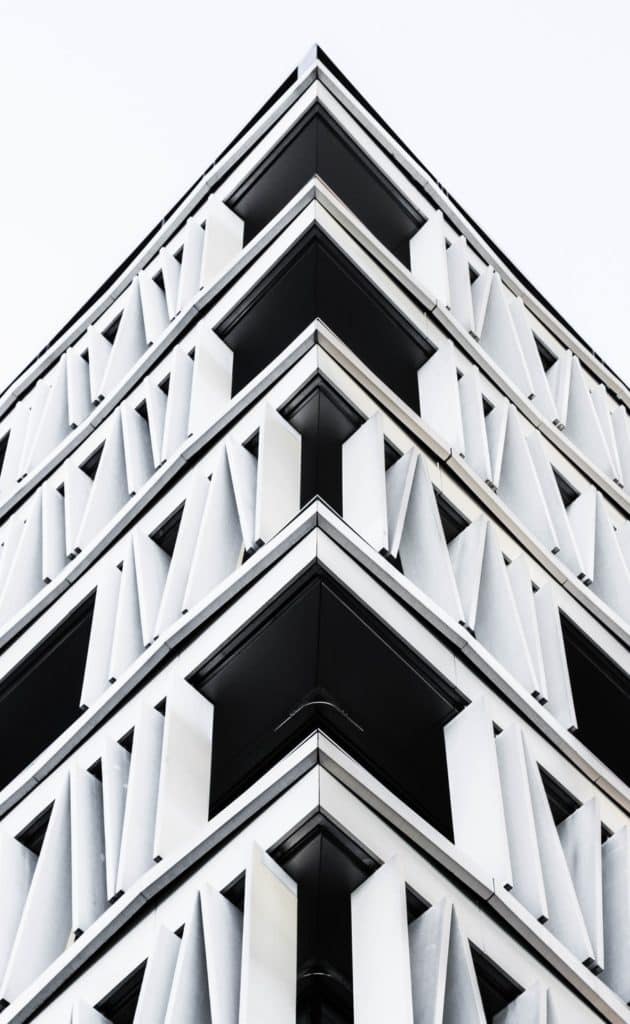Most people spend the majority of their time at their workplace. For these people, every office is pretty much the same thing – desks, cubicles, conference rooms, break rooms, and everything else in there. But that does not mean that all office spaces are the same.
Very few people actually realize that office spaces are classified into different categories, even if they all have similar elements. Different styles of office spaces are used by different companies, and what works for a hedge fund will typically not work for a creative agency or tech company.
There are different classifications used to distinguish different office spaces, and office buildings as well; it is worth mentioning that we are not counting home offices among these office spaces as those are on a completely different scale.
So, if you are a company owner or an entrepreneur who is looking at finding an office space, then there are a few things you should know about office spaces and buildings before settling down with a place.
And before you decide, here is a look at the different types of office buildings and spaces that companies can rent out.

Types of Office Spaces and the Commercial Property Classification
Type A Buildings
These are among the largest and best office buildings you can find. Coming to the architecture part, they can be any type of building – right from old vintage buildings to swanky new buildings made with modern materials.
They offer a prime location in the city they are situated in, have top-of-the-line technical infrastructure, and are owned by parties that you can rely on.
Naturally, these buildings command a high lease rate but will give you everything you need in an office space.
Companies that typically choose type A buildings tend to be large companies and conglomerates who need a branch in that particular city but do not have to worry about falling within a budget category.

Type B Buildings
These buildings are a bit older than type A buildings, but will still offer great facilities and management services for the rent you pay. These buildings are also situated in prime locations, but will not have all the amenities of a type A building.
Companies that usually occupy these buildings tend to be small. A lot of fledgling startups tend to prefer this kind of office space, since this gives them the freedom to create an office space that is suited for a vibrant working atmosphere, without having to spend too much on a type-A building.
Type B office buildings are not as expensive as type A. So if you are not looking for the greatest of facilities, and need something on a modest budget, then these spaces should do the trick.

Type C Buildings
These buildings usually offer very little when it comes to property management services such as a lobby attendant, in-house maintenance, etc. They will only have basic facilities to keep the building running,
But because of this, you will find these a lot more affordable than type A or type B office buildings.
One issue with type C facilities is that they are dying out. They struggle to compete with type A and type B buildings as most companies prefer to pay a bit more in exchange for the facilities they offer.
More often than not, these buildings are converted into residential properties. You can also find these buildings for sale if you feel that you have the financial flexibility to afford them.
Depending on the style of office space that you prefer and require, there is a different set of classifications.

Traditional Office Space
Traditional office space will have all the usual features that you see in every office. A bullpen for most employees to work in, a reception to handle visitors, conference rooms for meetings, private offices for higher management, and a shared space for employees to interact with each other.
These kinds of offices are typically suited for law firms, IT companies, and hedge funds. Most traditional office spaces will require you to sign a lease for three to five years.
Traditional office spaces have become somewhat out of fashion since they have become synonymous with dull working conditions.
This has encouraged building owners to offer spaces that are more creative and aesthetic, and companies have been showing a lot of interest in taking up these new spaces.

Creative Office Space
Creative office spaces have taken over the market recently since companies are learning that aesthetics in an office can improve productivity.
Depending on your particular preference, the layout, and decor of this kind of office space can vary drastically. But there are a few defining traits that make for a creative office space.
They all tend to have wood floors, high and airy ceilings, large windows to let in natural light, wet pantries for employees, fewer walls and cubicles, and lesser private offices.
The main thing that these spaces emphasize is collaboration, where teamwork between employees is more important than making everyone sit inside a cubicle or bullpen and churning out their work.

These office spaces also emphasize that there is more of a flat hierarchy, with senior management sitting in the same space as junior employees.
But all this does not mean the space is wasted. On the contrary, creative office spaces tend to have long desks where more employees can sit together, instead of dedicated cubicles for each person.
Companies that prefer this type of layout are startups, tech companies, and creative agencies, where collaboration and communication are highly important.
Contiguous Office Space
This is another type of office space, where multiple floors of the same building are leased out to a single company so that each story is easily accessible.
This allows for more room for a single office, while still allowing the same aesthetics and decor choices for a company.

Another advantage that contiguous office spaces have is that they allow proper separation, enabling different departments to have their own floor so that the departments that don’t need to be in touch with each other are not on the same floor.
Usually, companies that have grown too large for a single floor will opt for a contiguous office space. The lease will be higher since there is significant modification done, but the benefits are mostly worth the added cost.
Executive Office Spaces
Executive suites are office spaces where a single company rents out an entire floor of a building. This provides them with every facility that a company needs and attracts clients with their luxurious spaces.
Some of the major advantages of executive suites are a separate reception area, shared conference rooms, shared break rooms, pre-wired phone and internet services, and top-of-the-line maintenance for the office space.
Executive office suites are usually offered in a sublet, on a month-by-month basis. However, this can be extended to a three-month, six-month, nine-month, and one-year basis, depending on your requirement.

Conclusion
Office buildings and spaces have come a long way since the time of closed-off cubicles and bullpens, which were designed to make employees focus on productivity.
They have now become second homes, where employees can comfortably work. They have maximized the comfort and aesthetic factors to ensure that employee satisfaction is prioritized. And that is where real productivity comes from.
So, If you are planning to move into one of these office spaces, prepare well in prior, and have some reliable commercial movers on hand to move all of your office equipment and furniture.
Related Articles
10 Best Home Office Desks Right Now | Buyer’s Guide
13 Best Paper Shredders Reviewed | Buyer’s Guide
19 Best Office Chairs for Creatives Everywhere



